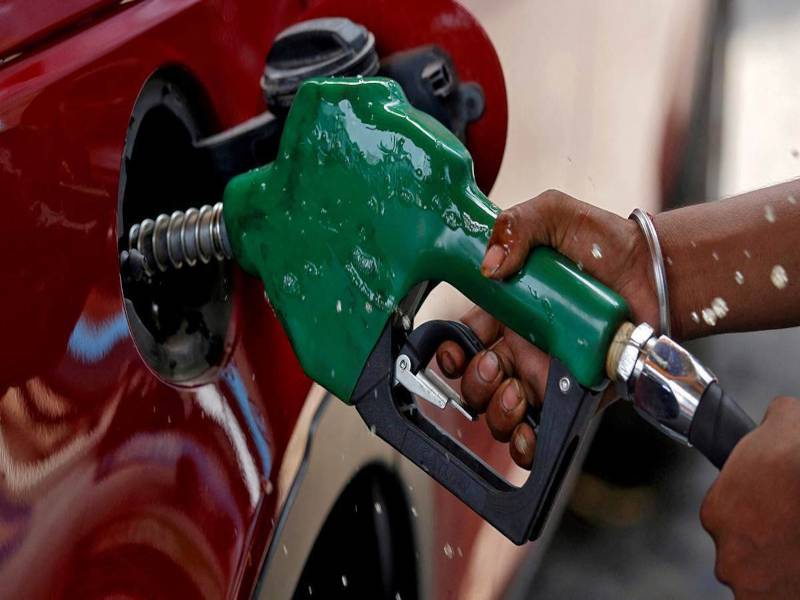
The Ethanol Blended Petrol (EBP) Program not only improves India's energy security by lowering reliance on imported fuel, but it also enhances farmer incomes and the agriculture sector.
According to the Ministry of Petroleum and Natural Gas, ethanol blending has resulted in payments to farmers of over Rs 40,600 crore over the last eight years.
EBP also resulted in a forex impact of over Rs 41,500 crore and a reduction of 27 lakh MT of greenhouse gas emissions during this time period.
The government's 'National Policy on Biofuels,' released in 2018, aimed for a 20% ethanol blend in petrol by 2030. However, as a result of the positive results of this effort, the aim of 20% ethanol blending was advanced from 2030 to 2025-26.
The Prime Minister also issued a 'Roadmap for Ethanol Blending in India 2020-25' in June 2021, which lays out a clear path to attaining 20% ethanol blending. This program also included a 10% blending intermediate goal that would be met by November 2022.
However, the program's 10% blending target was met in May 2022, well ahead of the November 2022 deadline.
Currently, India's ethanol economy is valued at Rs 20,000 crore, with a goal of exceeding Rs 2 lakh crore. India aspires to follow in the footsteps of countries like Brazil, which has used ethanol in their transport industry for over 60 years and has a mandatory ethanol blend of 27% in petrol.
The ethanol supply under the EBP programme, which was only 38 crore litres in ESY 2013-14, has risen to 173.3 crore litres during ESY 2019-20 and 302 crore litres during ESY 2020-21, government data showed. This increase in ethanol supply has helped accomplish approximately 8.1 per cent blending in ESY 2020-21, an increase of 61 per cent, up from the 5 per cent blending achieved in ESY 2019-20.
















